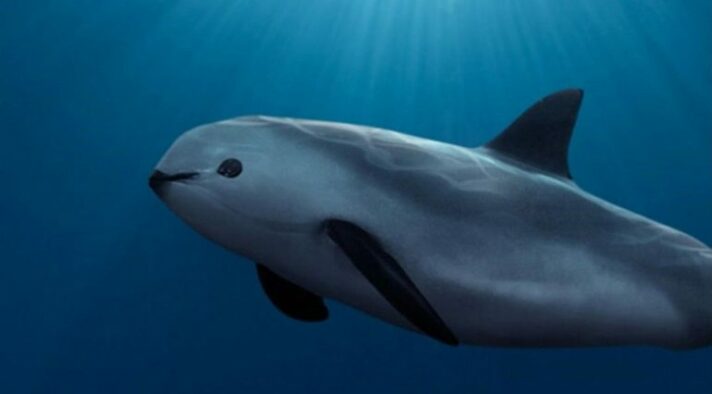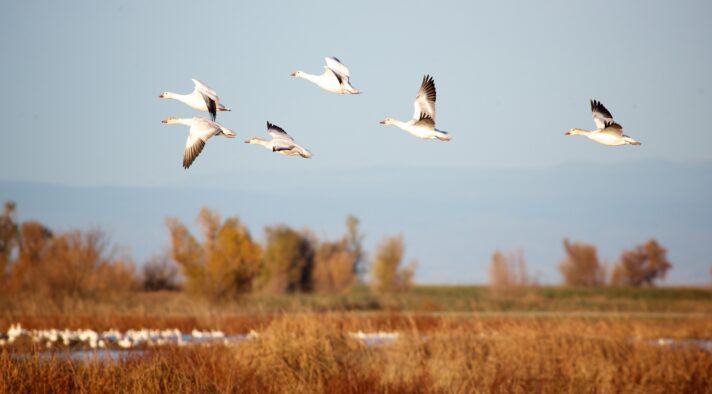The European Commission, in alliance with the European Committee of the Regions recently organized the Conference on Biodiversity and Ecosystem Services: A Common Agenda to 2020 and Beyond (23-24 May), an event that had the goal of bringing together EU policy-makers, stakeholders from subnational governments, research institutions and civil society organizations to reflect on what has been achieved by the EU and what are the main challenges for the future.
This series of dialogues are particularly relevant for the post-2020 global biodiversity framework as they provided the starting point for the public consultation of the final evaluation of the EU Biodiversity Strategy to 2020. The participation of regions is crucial in this process and therefore, the Regions4 Biodiversity Learning Platform (R4BLP) shared some of the lessons learned around the topic of EU biodiversity strategy Target 5: Combat Invasive Alien Species:
By 2020, Invasive Alien Species (IAS) and their pathways are identified and prioritised, priority species are controlled or eradicated, and pathways are managed to prevent the introduction and establishment of new IAS.
Regions4 was able to contribute by participating in the high-level panel on Target 5 and share the regional perspective around the growing threat IAS represent to biodiversity and the solutions to the current and upcoming challenges to its control and eradication. Regions4 Policy Officer, Ms. Renata Gomez, shared the conclusions gathered in the report “Subnational Governments Achievement towards Aichi Biodiversity Target 9 and SDG Target 15.8”.
The efforts of the region of Lombardy, in particular, the EC-Square project to eradicate the grey squirrel (Sciurus carolinensis), were shared as this project was the first of its kind in Italy to tackle the management of an abundant and widely distributed species in a multi-disciplinary, organized way. The results are a great example of a cost-efficient implementation, the direct environmental benefits include the removal of alien squirrels from about 3,000 ha of forested areas and the re-colonization by the native squirrel.
Additionally, Regions4 shared the great example of Catalonia in relation to the mainstreaming of the IAS regulation into other policies and efforts, mainly in agriculture and fisheries. In 2016, the government took measures to coordinate different sectors and actively fight two species particularly threatening for agriculture and industry, the Dreissena polymorpha (zebra mussel) and Pomacea insularum (apple snail). The results were positive and continue to be a success story up to this date.
The regions, from Europe and the rest of the world, will continue to provide feedback on the biodiversity framework that will shape the discussions beyond 2020. Subnational governments interested in joining the conversation can learn more by visiting: https://regions4.org/our-work/biodiversity/
To know more about the results of the sessions and to view its briefing notes, please visit: https://cor.europa.eu/en/events/Pages/conference_biodiversity-and-ecosystem-services.aspx



